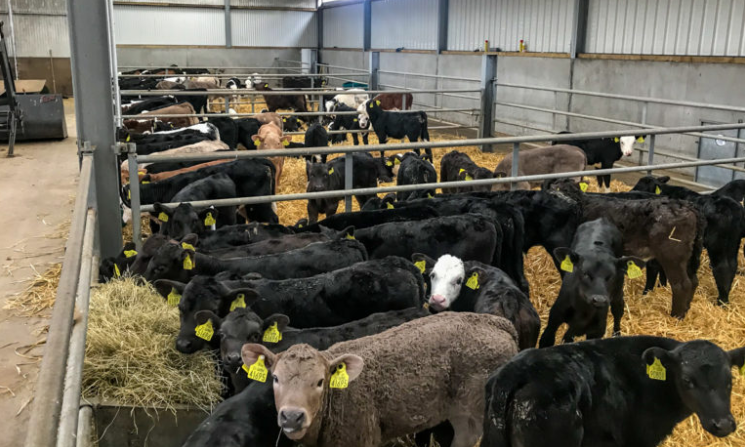By Alan Dillon, Teagasc Green Acres Calf to Beef programme manager
The Teagasc Green Acres Calf to Beef Programme has been up and running since spring 2019 and, at this stage, farmers have managed to familiarise themselves with the programme’s aspirations, and they’ve begun to implement some of its principle ideas.
Programme farmers have started to invest in stock, grass and infrastructure predominantly, but at a level that is sustainable to their individual farm finance capabilities.
Farm plans have been completed across all programme farms over the past number of months. In some cases, an increase in stocking rate was recommended to increase output from grass.
In other cases, where housing was limited and investment in housing wasn’t on the cards, or where stocking rates were already high, a focus was put on increasing the daily live weight gains of stock.
No change in breed purchase policy was recommended, with all breeds apart from possibly Jersey-cross calves continuing to be purchased on the participating farms.
The predominant breed purchased has been Holstein Friesian, followed by Aberdeen Angus and Hereford. However, big differences lie within the purchase price and quality of the stock.
Research has been carried out on the carcass characteristics of the sires used on dairy cows, and while big variations showed up in carcass traits across breeds, even bigger variations showed up within breeds with calves by Angus sires.
Calf prices paid this year are still too high compared to Teagasc figures compiled in early 2019, which showed that Friesians need an €8 subsidy to make – at most – a net margin of €500/ha at high levels of efficiency, and at a €3.90/kg base price.
A correction in purchase price will be required in 2020; this has been exasperated even more by the collapse in beef price this year.
While farmers will work on getting the most from their calves on farm in terms of thrive, this is still a trading system and the purchase price must correlate with the beef price.
An alternative may be to take the calves reared off-farm for small money; however, it will be interesting to see how market demand plays out next year.
Herd health is another issue to be addressed.
Buying direct off farms and from a limited number of sources is preferred.
A number of the programme farms were buying from multiple sources – some with calves sourced from dealers that may have been through a few homes in their first month of life.
Health issues with pneumonia have also been seen on some of these calves, and while it is a convenient way to have calves delivered on farm, it can be very costly when vet bills and deaths mount up.
System analysis is an important part of our programme, and while there is no doubt a well-run bull system has been profitable over the past numbers of years, there are serious issues arising again with processors indicating that dairy bulls won’t be taken into the future.
Some of the programme farmers have been finishing bulls for some time, and if processors aren’t willing to commit to bulls next year, we will look to move to a different system.
While this year has been largely negative in terms of sentiment towards beef production, and questions remain over Government policy on beef herds – particularly sucklers – in years to come, it remains a fact that calves will be produced from an expanding dairy herd which has limited live export opportunities.
Buying and selling prices will be dictated by market sentiment and what we can control is the cost of production and thrive in calves.
Focusing on live weight gain from grass with healthy calves – from known sources – is the best chance a farmer has to make a margin in what are very challenging times for the primary producer.




